A couple months back when we planned our route going through the Bavarian Forest National Park and crossing the border into Šumava National Park, we had no real knowledge about the complex history of Šumava. We had some sense of course – cycling the Eurovelo 13, also known as the Iron Curtain Trail, offered us a history lesson by itself. In many sections, the Trail in the Czech republic uses the former military roads that were built along the entire communist border in the 1950s and 1960s. Along the mountain ridge between Germany and Czech republic, we encountered several military towers, monuments and other landmarks connected to the Cold War period. And specifically exciting for the ecologists´eyes, as border regions were closed to the public during the Cold War, this meant that nature on the borderland largely developed without human influence.
Šumava National Park was established in 1991, which was a time of big changes not only for then Czechoslovakia, but for all of Europe. The countries that previously existed under the influence of the Soviet Union became free and democratic, with the possibility of travel and an open door to capitalism. This was also seen as a chance to make a big step forward for nature, for example, by declaring new national parks. Until then, there was only one in the Czech Republic, the Krkonoše National Park, founded in 1963. So why not establish two in places that have been controlled and strictly guarded by border guards for almost four decades? This is how Podyjí and Šumava National Park were created in 1991, in a single year on a single day – the smallest and largest national parks in the Czech Republic. Moreover, both national parks are proving the well-known saying “nature knows no borders” by forming cross-border protected areas: Šumava with the Bavarian Forest National Park on the German side, and Podyji with Thayatal National Park in Austria. Needless to say, the fact that we are visiting both of them on our route fills us with utmost excitement.
We are spending three days and nights in the national park, during which we have the chance to talk with Pavel Hubený, the director of Šumava National Park, actually one of those people who prepared the proclamation of the Šumava National Park. Mr. Hubený welcomes us in the National Park Administration in Vimperk in his office – a room filled with beautiful photos of the many faces of Šumava. We talk about many topics, and it is clear from the conversation that in the thirty years of its existence, Šumava National Park has come a really long way. It has been three decades full of conflicts, struggles on multiple levels, but also successes, wonderful discoveries, and many victories of nature. Šumava National Park became the centre of interest among locals, domestic and foreign visitors, nature protection and forestry experts, as well as politicians. In its history, no other national park in the Czech Republic has been as polarising as the Šumava National Park. But why is this?

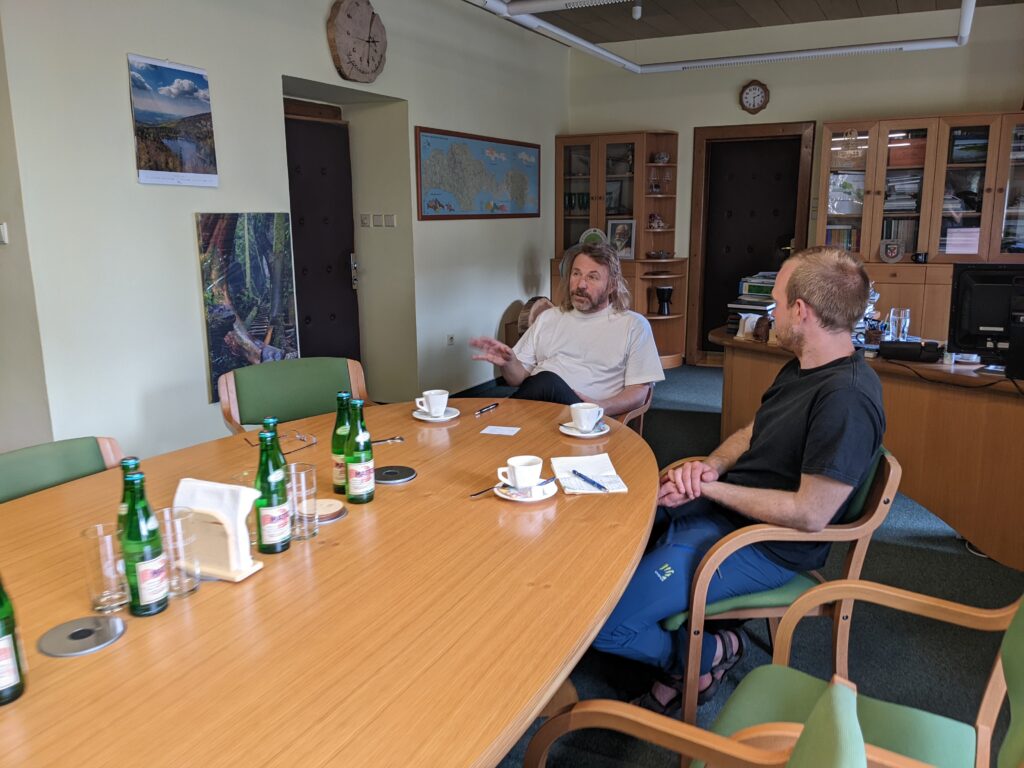
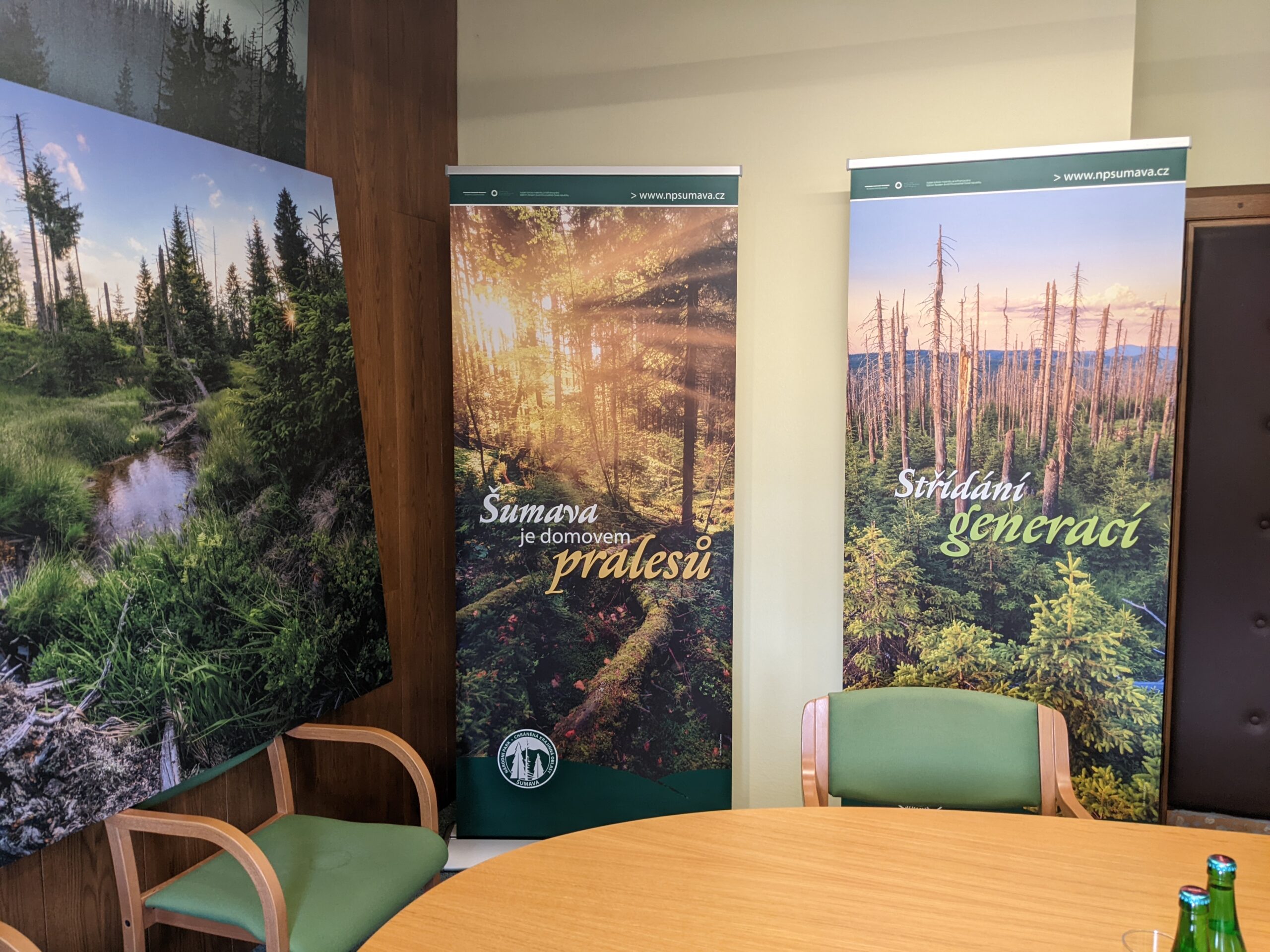
The zonation of the national park
With an area of 68.000 hectares, Šumava National Park is the biggest national park in the Czech republic. Since a new zonation plan was established in 2020, the national park territory is made up of four zones.
- 27,7% of the national park territory makes up the core zone. In this strictly protected zone, nature is the master – natural processes can take place with no human intervention.
- A further 24% of the national park forms the buffer zone surrounding the core zone, where natural processes dominate with minimal management, slowly shifting to no management within the next 15 years.
- 46,6% of the national park constitutes the zone of concentrated care, where ecological systems significantly modified by humans predominate. Intervention will continue in this zone in the upcoming decades.
- 1,2% of the territory is designated as cultural landscape zone. This covers inhabited areas inside the national park. Currently, there are 22 villages within the territory of the park, with altogether around 2000 inhabitants.
Having so many villages in the park poses a challenge to its management. The municipalities want to grow their territories, however, inside a protected area, there is a strict limit to their expansion. Although the park aims to mediate and work together with locals, Mr. Hubený tells us that there is a general distrust towards the national park administration and the initiatives it puts forward. The municipalities with territory in the national park have appointed representatives in the national park council. This council meets twice a year as the consulting body of the National Park Administration. Moreover, the government has annually up to 200 million CZK (ca. 8 million EUR) available for these municipalities as financial support guiding them towards a different type of development. However, many locals don’t see the true benefits of being a national park community. Mr. Hubený believes that a shift in mindsets takes place gradually and will eventually lead to a more fruitful relationship, but this takes time and a lot of mediation.


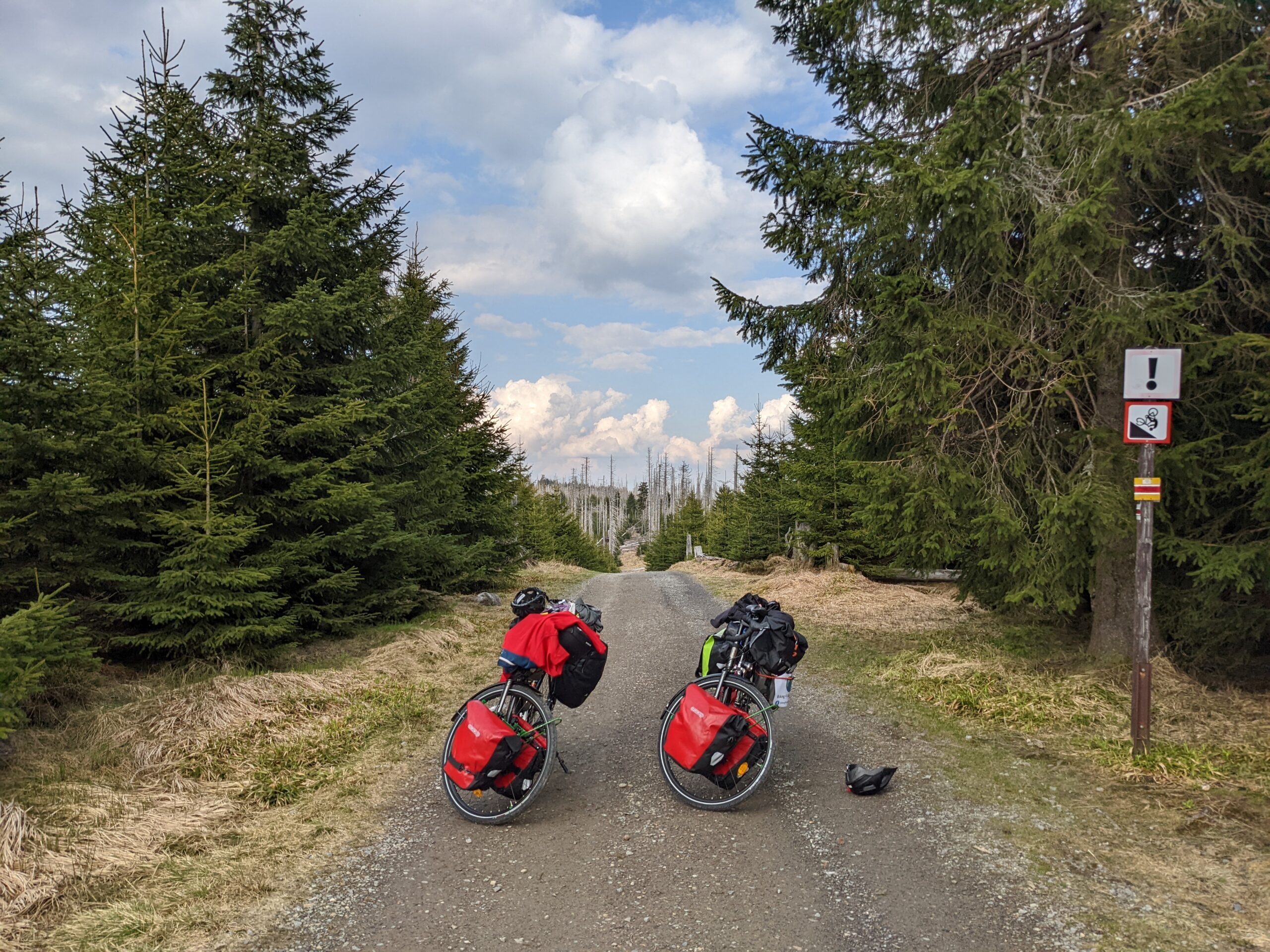

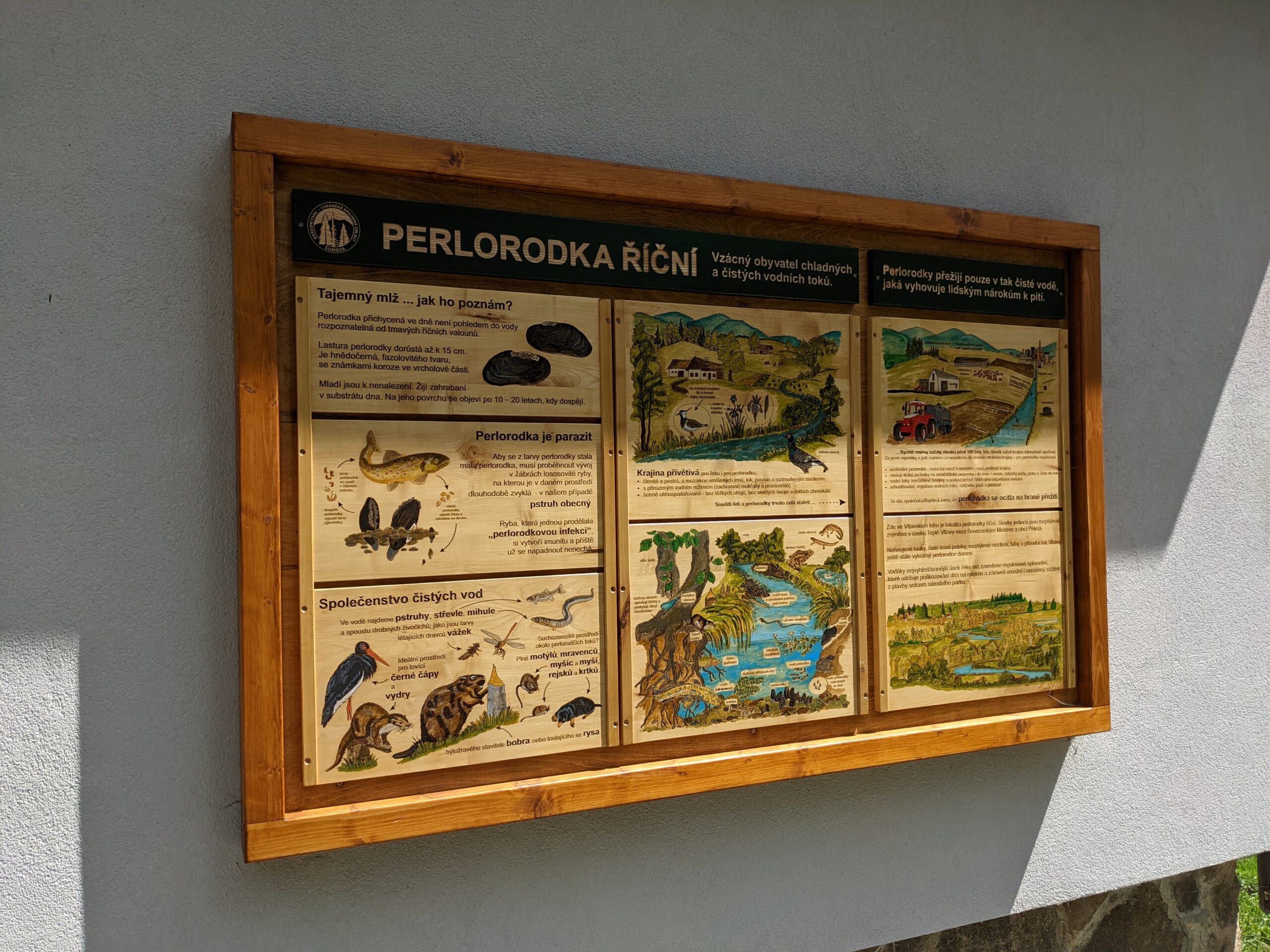
Shifting management focus
The number of directors who took turns in the management of Šumava National Park also underlines the complexity of the park. In the course of the last 31 years, 10 people have filled the director’s chair, most of them for less than three years. Mr. Hubený has been in charge of the park’s management since 2014, which makes him the director with the second longest term in the history of the park. He explains to us that, unfortunately, every new director usually took a different approach to nature conservation, and what the goal of the national park should be.
Between 1993 and 1998, the first large-scale bark beetle outbreak took place in the National park, affecting a big area of spruce forests especially above 1200m elevation. The administration of the national park at that time decided to intervene – debark and fell the affected trees – including inside the core zone of the park. A few years later, in 2007, a windstorm called Kyrill crossed Europe, breaking about another million cubic metres of wood in Šumava alone, which was followed by another bark beetle outbreak. Throughout these years, the question on how to react to the bark beetle outbreaks remained in the centre of discussions, and each director in charge had a different approach.
2017 finally brought a big change in the management of national parks in the Czech republic. Initiated among others by the Šumava National Park Administration, an amendment to the nature and landscape protection law was introduced. For the first time, the long-term goal of Czech national parks was defined to specifically support natural processes without human intervention in as many areas within the national park as possible. The remaining areas are dedicated to the protection of biodiversity while giving space to sustainable development and education. This legislative change has been a big milestone for the effective and sustainable management of national parks, and Mr. Hubený considers this the biggest achievement in the lifetime of Šumava National Park.
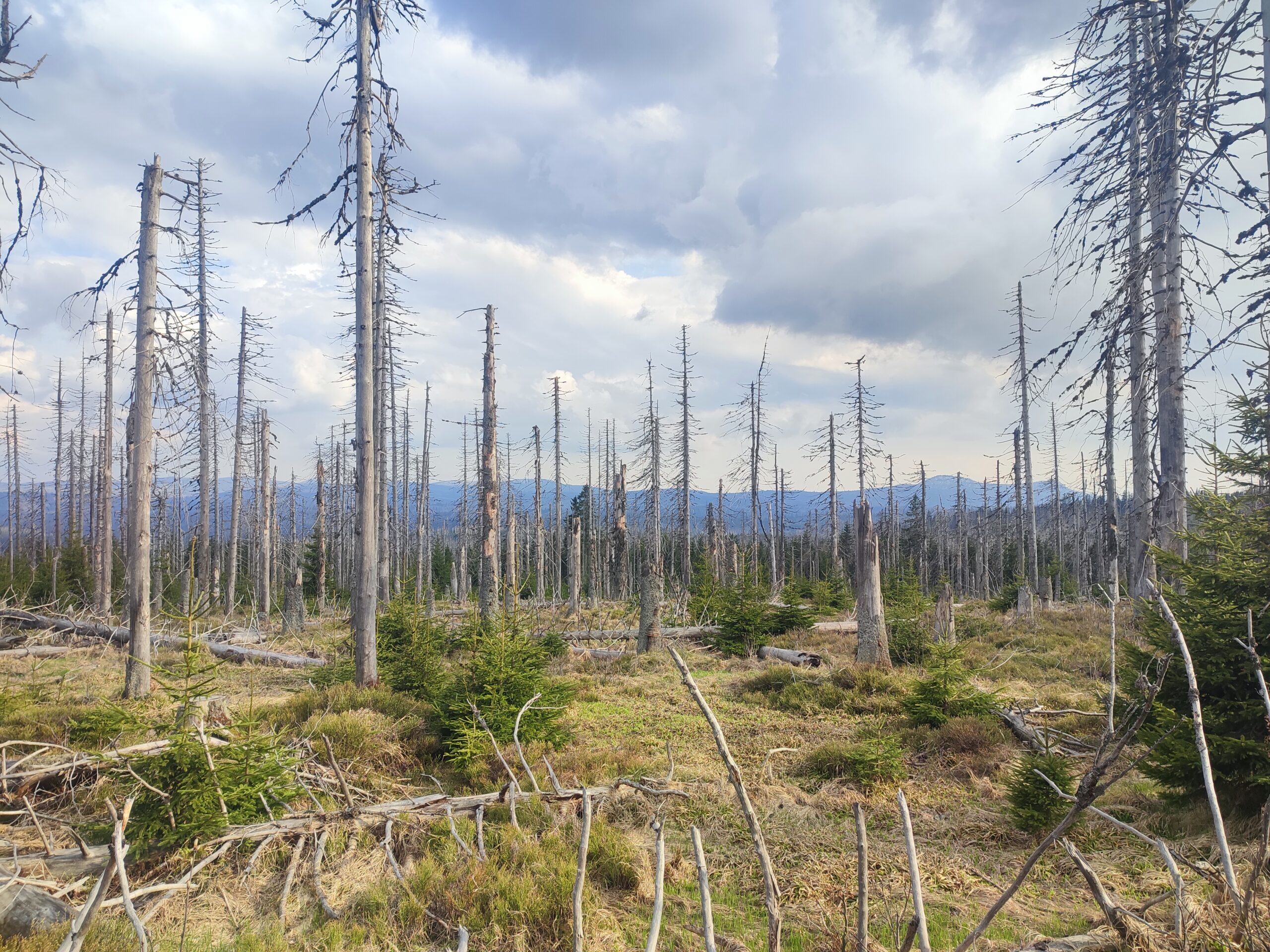

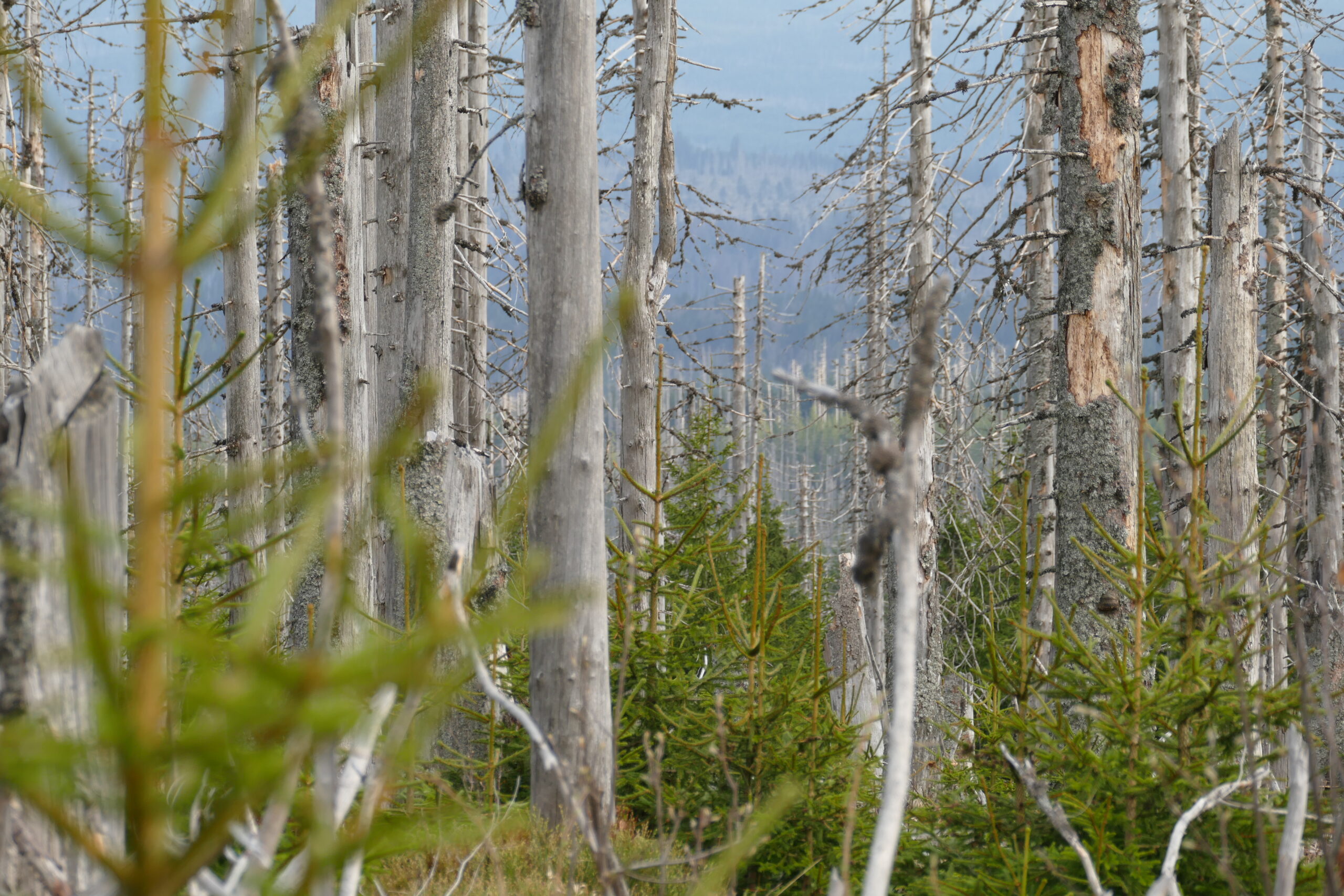
Cooperation with the neighbours
The cooperation between Šumava and Bavarian Forest National Park is considered a unique success story in Europe. The Europarc Federation three times (in 2009, 2015 and 2021) awarded the two parks the certificate for outstanding cooperation. Shared visions and harmonised actions benefit both nature and humans in this region. Together, the Šumava and Bavarian Forest National Park form the largest forest region without human intervention, and safeguard the largest intact wilderness in central Europe.
Mr. Hubený is also enthusiastic about the cooperation with the Bavarian Forest National Park. A close relationship was mutually built over the course of the last 30 years, and especially since 2014, the national parks have been working together on several cross-border projects focusing on environmental education, wildlife monitoring, ecosystem restoration and others. Moreover, they develop joint promotional material on an annual basis.
What is the way forward?
To this question, Mr. Hubený presents to us an ambitious goal of the National Park: 52% of the national park, the current core and buffer zone, should be non-intervention zone by 2035 and even be extended to 75% by 2060. And the national park administration works consequently to achieve this goal: year-by-year, a few percent more of the area are declared as non-intervention zones. Year-by-year, more space is given for nature to thrive.
“The favourite part of my job is witnessing with my own and my colleagues’ eyes, that our efforts protecting wilderness and letting natural processes take back control in Šumava benefit biodiversity in countless ways. The well-established monitoring system of our forests brings us data that is extremely valuable, and proves to us that the power of nature emerges from all corners of Šumava, if we stop intervening and start carefully observing.”
Pavel Hubený, Director of Šumava National Park
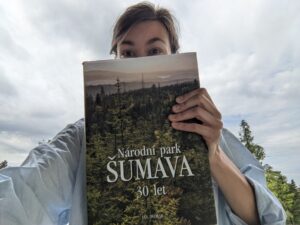


Pingback: When the river connects and not divides - biking4biodiversity.org